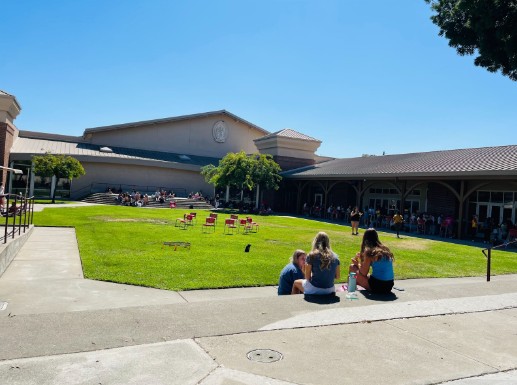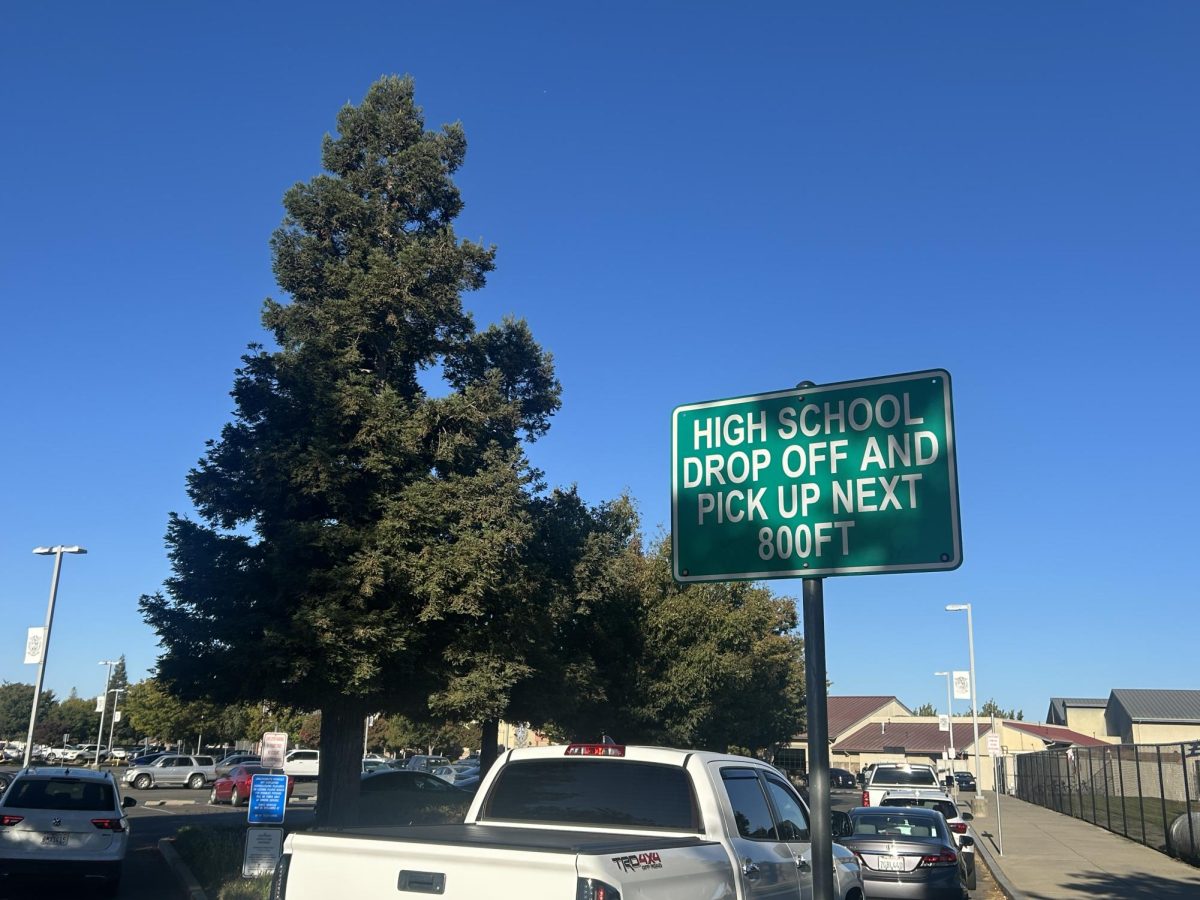Every year millions of students from high schools across the globe have the opportunity to sit down to take one or more college-level courses and/or exams.
The Advanced Placement program, which offers students the chance to earn college credit and placement and to stand out to colleges looking for students who exhibit intellectual vitality, announced in July that it was accelerating the transition to digital exams for the 2024-25 school year. Students will take exams in either a fully digital format or a hybrid digital format.
Trevor Packer, the senior vice president of Advanced Placement and College Readiness at the College Board, said in a press release that the transition is happening to address the mass compromise of test material, in hopes that it would prevent cheating and exam theft. The transition to digital should also provide other benefits such as streamlining the exam process, and it would make it more student-friendly, enabling faster writing and editing.
What does this mean for students taking the exam from this school year on and the teachers?
Many teachers at Cosumnes Oaks High said the transition is a good thing overall, but naturally, it will take time getting used to and it comes with both benefits and drawbacks.
“I will say it is partially good, because then students are all typing their answers, and so no student is going to be penalized for their handwriting,” said Jordan Dietrich, an AP Seminar and AP Government teacher. “And even though, obviously, graders are not supposed to do that, sometimes it’s hard, or they can’t read your writing, and then they can’t give you full points for something that maybe you have written in there.”
AP World History teacher James Summer agreed.
“I actually think students will have a pretty easy go of switching to the digital part… I think kids type faster than they probably handwrite today’s world,” he said. “And I think it might also allow them a little bit more space when you type it out versus when it was handwritten.”
Some teachers said that, for subjects such as the AP sciences and AP maths, the switch did not affect them or that it wouldn’t affect students as much because of the fact that the hybrid digital format still allows students to write on paper for the free response.
“In terms of the AP Calculus exam, a lot of the strategies will actually remain the same because the portion that is electronic is the multiple choice portion, and the multiple choice portion of the exam doesn’t have work involved,” said Sarah Reyes, an AP Calculus teacher.
On the other hand, some instructors say that eliminating the paper part of multiple choice on AP math and science exams could be a detriment to students.
“It eliminates that feel of being able to write, but you get that feel and are able to write on free response,” said AP Statistics teacher Joshua Baca. “With the multiple choice, marking it up, crossing off problems, doing some math off to the side, is a very big benefit for everyone’s process of ‘it’s not this one, cross it out,’ ‘it might be this one,’ you circle key words – that’s not gonna be an option anymore.”
Other studies have backed this up as well. According to a research study conducted by the Association for Psychological Science, “laptop use can negatively affect performance on educational assessments, even – or perhaps especially – when the computer is used for its intended function of easier note taking.”
Some teachers also raised other points and questions about accessibility features for students.
“I think that in terms of accessibility, it’s pretty helpful often because you often get kids who have difficulty with vision or something and they have difficulty seeing some of the figures,” said Dillion Brantley, an AP Biology teacher. “But you can zoom in really well and assuming you get a decent enough resolution on the image, that can be really, really nice.”
“Will the multiple choice of these sections be more accessible to students perhaps with (Individual Education Plans) and 504s or with language (challenges)?” said William McCurdy, another AP biology teacher. “Some kids are better auditory processors, and maybe, you know, having earbuds in and having the question read to them by the computer. That’s, I think that’s a plus for accessibility.”
Mila Hessburg, a senior who recently took an AP exam with an IEP, said a digital format would help her.
“When I took the (AP Psychology) exam it was, like, really exhausting,” Hessburg said. “Just having … circle in all the little answers, it was a lot to look at. So I feel like it would be more simple if it was just on a screen.”
Another concern about the switch to digital is the potential lack of equitable technology resources. In the Elk Grove Unified School District, all students are provided Chromebooks free of charge and each school has fast, reliable Wi-Fi that each Chromebook can connect to, but that’s not true in other districts.
“There’s always going to be an issue where technology, and you know, you would like to think that all public schools are the same, but they’re not the same. Funding for different places, the resources. I think it probably just means that the schools have to have reliable enough Wi-Fi,” said Summers, the AP World History teacher.
The availability of other resources can also be problematic.
“They can still get their hands on hopefully a paper practice book, but that’s an equity issue already because those are expensive,” said McCurdy, the AP Biology teacher.
Brantley, who also teaches AP Biology, agreed.
“I don’t think anyone’s pretending like the AP program is free of those inequalities,” he said. “They try to mitigate it as far as I can tell. And we certainly do, as a site, try to mitigate it, make AP classes available to everybody … and the state provides a lot of options there. But I just can’t imagine that access is something that they have the ability to fix, they being College Board or California.”
Out of all the players in this transition, the students taking the exams have the biggest stake in the matter.
“I think it’ll be easier because you can have the template materials on the side while the questions are up on the computer, making it easier to look at the information,” said Victoria Pham, a Cosumnes Oaks junior. “You can also do scratch paper, so it’s easier to do your work in different spaces, so it’s not like you have a limited space to show your work and do your work in.”
Jacob Kim, a junior, agreed.
“I think it’ll be very much more convenient, and especially with the AP Language exam, it’ll be easier to type things out instead of writing and using a bunch of pencils and just hurting my hand,” Kim said.
Junior Savannah Lujan brought up the responsibility of the school district and site to mitigate inequalities among students.
“I think it’s up to the district and College Board for this stuff because this is definitely all resolvable if they consider the districts that they’re supplying tests to,” Lujan said. “Rich school districts will have no issues with buying or supplying testing devices, but the poorer districts may not be able to supply every AP tester with one, so less fortunate areas could face issues with digital testing.”










Administrator • Oct 5, 2024 at 11:07 am
Need you to verify your email so the system will post your comment.